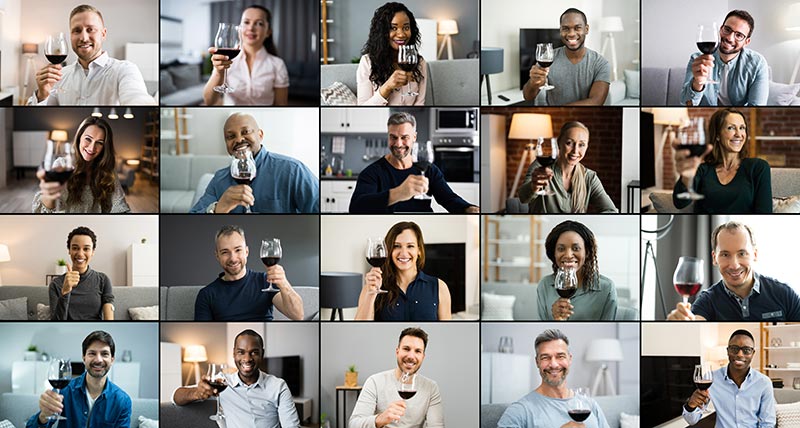The number-one advantage of using your website as the centerpiece of your communications is that it’s not bound by the constraints of the printed page or TV time or radio airspace, so why should you be? Your website is not a book that you put on a shelf when you “finish” it. In fact, your website should never be “finished.” For any number of reasons, your site should always evolve and grow (or maybe even shrink.)
Obviously, when you launch new products or product lines, you’ll want to add those to your site, but there are other, perhaps less obvious, occasions to change your website. For instance, when you launch a new advertising and/or PR campaign, you should include creative from that campaign on your site. The home page should look and feel like it’s part of the campaign, and you may even build a landing page or landing section of your site to which you’d drive traffic from campaign outreach. And, if you have a blog on your site, you should update that regularly with articles your visitors will find interesting or entertaining. Our SEO team wrote a piece about that last year, and the advice is still relevant today.
Those are sort of watershed moments that mark specific points in time when you’d change your web presence, but there are other reasons still, and they are meaningful ones that can impact your company’s revenue.
In a best-case scenario, at the outset of any web project, I’d challenge the client to look in every nook and cranny of their marketing communications budget and scrape up a relatively small portion for what I’d loosely call “website R&D.” These dollars would be applied to exploratory work, performed on an ongoing basis, after the site goes live. And I’d further challenge that client to give my team the autonomy to experiment, to use our expertise to see how we can continually optimize the website, to see what improves traffic flow to important content, to see what converts users, to see what drives sales higher. Sometimes, a small change, like making a button green instead of blue, can have a measurable impact on the web experience you deliver. When it works, we’d let it ride for a while and then experiment some more.
It’s simple really. When something worked, you’d enjoy the gains. When something didn’t, we’d revert back to the original until we decided to test something new again. That’s true optimization, and we’d track it all, updating and/or reverting in real-time. The risk really is marginal since we’d monitor all activity, but the rewards can be enormous when you increase clicks here and there.
The other major reason to think of your site as a work in progress is driven by Google. Google search results, more than ever, are driven by the quality of the user experience as determined by Google. A number of variables go into Google’s assessment from page load times to the mobile experience, but a substantial component has to do with the content your site provides, i.e. how useful your site is to its audience. Much about Google’s ranking process is a mystery, but Google’s take on content is crystal clear. My colleagues in SEO will scoff at this as an oversimplification, and they’ll be right, but it’s still a good rule of thumb:
Websites that add useful content regularly typically rank higher than those that don’t. Websites that deliver content in many different forms – text, imagery, videos, etc. – perform better in Google search results than those that don’t.
In the end, the broad answer to the content question is very simple:
Always be making it.
Always be making it good.
Always be making it in different forms.
So there you have it…any number of reasons why you should never be finished with your website. My job here is done.
Or is it?
The Latest
We study the game as hard as we play it.
Learn with us what’s now and next.



